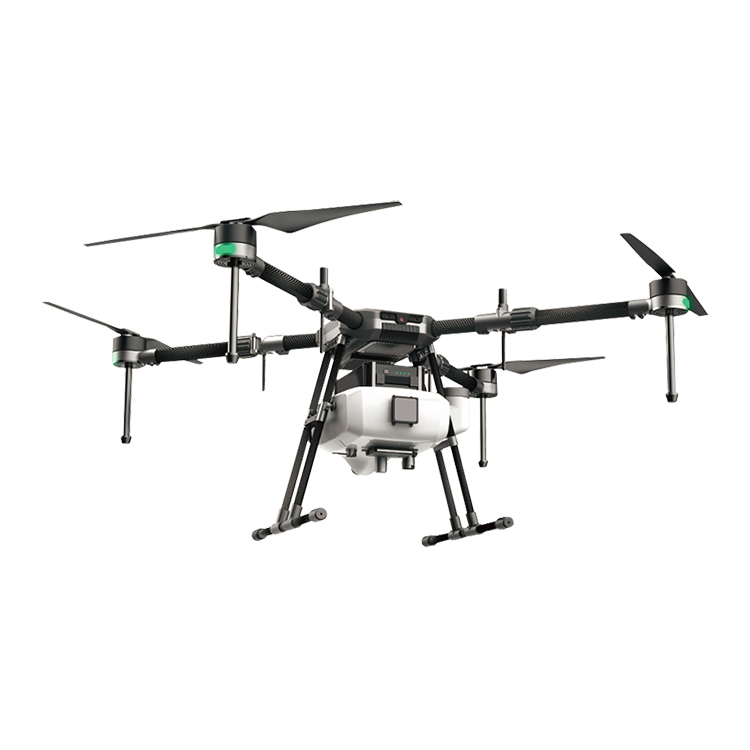If you think plowing a field every year and soaking the ground with fertilizer and pesticides is the way to maximize crop yields, think again.
Large-scale farming in the 21st century is all about taking care of topsoil, and that’s the theme of the 2019 Farming Evolution conference being held this week in Holyoke.
The two-day conference opened Wednesday in Heginbotham Hall on the Phillips County Fairgrounds and will run through noon Thursday.
Attendees were treated to a rain simulation demonstration first thing Thursday morning. Steve Tucker, a Perkins County, Neb., farmer and Claudia Stevenson of the U.S. Department of Agriculture’s National Resource Conservation Service demonstrated the damage a half-inch of rain can do to tilled, bare ground. Tucker and Stevenson displayed six metal pans filled with various kinds of soil ranging from tilled, bare soil, tilled soil with stubble, untilled soil with stubble and harvest waste, cover-cropped no-till soil and raw rangeland.
When water equivalent to a half-inch of rain was sprayed on the soil samples, some predictable things happened; the water washed the bare soil away, producing a bucket of mud and the soil samples with greater amounts of cover and vegetation produced less muddy water.
But the real lesson was when Tucker upended the soil samples on a tarp and the audience could see that almost no water had penetrated the bare soil while the raw rangeland had little runoff and significant water penetration to the root zone.
There were more surprises awaiting. Dr. Christine Jones, a world-renowned soil scientist from Australia, told the producers and other agribusiness attendees that the key to building new topsoil is to let nature take its course.
During two sessions, one in the morning and one in the afternoon, Jones laid out the scientific evidence that the food today’s farmers are producing is less nutritious than the food produced in the 1940s. The reason? Man-made fertilizers don’t provide the plant nutrition needed because crops can’t access the nitrogen in a useful way.
“The nutritional value of today’s food is lower than any time in history,” Jones said. “There is a significant mineral depletion in meats and vegetables (including) up to 70 percent depletion of copper from our food supply.”
The cause, according to Jones, is planting the same crops over and over in bare soil. With no diversity in plant types in the soil, microbes in the soil cannot access the carbon they need to break down the minerals in the soil and make nitrogen naturally available to the crop plants.
“This problem isn’t seen in biologically active soil,” she said. history of drones in agriculture
Jones wasn’t alone. Dr. Raj Khosla of Colorado State University told the group Wednesday that plowing – once the signature action that precedes a growing season – is actually harmful to soil nutrition.
“Ever since the plow was introduced, we’ve been disrupting the soil and releasing carbon dioxide into the atmosphere,” Khosla said.
He explained that maximizing “biodiversity” – a variety of plant forms in a field – is needed to keep the carbon dioxide in the ground where it can be do some good for crops. Cover crops are one key to that, Khosla said, and precision application of seed, water, fertilizer and pesticides is the other. He said he uses a rule of Five Rs – the right inputs, in the right place, in the right amount, at the right time and in the right manner.
CSU’s Eric Westra told the group researchers are seeing more and more resistance to herbicides among weeds that bedevil farmers. Westra said Kansas kochia, a common weed in the western U.S., is resistant to four classes of herbicides. There are 68 different weeds that are resistant to atrazine, on of the more popular herbicides, and there are no new chemicals on the horizon to take the place of what’s available now.
There are solutions, Westra said, but they’re not easy. His one rule of thumb: “If it worked last year, don’t stick with it,” he said. “Plants will evolve to any selection pressure. So the herbicide that worked this year won’t be as effective next year.”
Satellite imagery, biodiversity, drones for field mapping and ecological nutrient management all are on the agenda for the program.
Farming Evolution 2019 is sponsored jointly by the Haxtun, Morgan, Sedgwick, West Greeley and Yuma County conservation districts, Upper Republican Natural Resources District, Colorado Conservation Board, Natural Resources Conservation Service, and Phillips County Pheasants Forever.
Intelligent Agriculture is the trend of all over the world. And the intelligent drone act as a important role in this world plan.
Agriculture spraying drone can replace the traditional pesticide sprayer and it’s speed is 40times of the traditional sprayer. It will save 90% water and 30%-40% pesticide. Small droplet diameter make the pesticide more well-distribute and improve the effect. At the same time, it will make the people faraway from the pesticide and reduce the pesticide remain of the crop.





